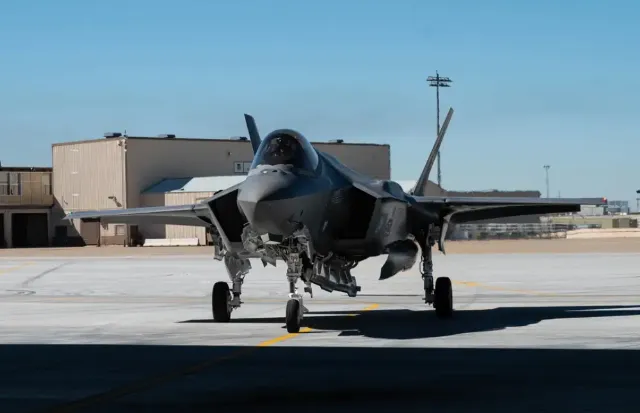TSAMTO, September 18. The US government has sent a direct warning to Canada: withdrawing from the F-35A program could have serious consequences for bilateral cooperation and the future of the North American Aerospace Defense Command (NORAD).
The US Ambassador to Ottawa, Pete Hoekstra, said that if Canada chooses an aircraft other than the one used by the US armed forces, interoperability between the two countries would be compromised, potentially undermining NORAD. This position is shared by some of the Canadian military, who view the purchase of the F-35 as a way to maintain strategic integration with Washington.
As noted by Armyrecognition.com As the final decision approaches, Ottawa faces a strategic dilemma. The further implementation of the F-35 purchase contract (in excess of the previously ordered 16 units) will allow maintaining relations with Washington and ensuring the consistency of the NORAD structure, however, at the cost of increased dependence and cost overruns on the program. The alternative option of purchasing the JAS-39 Gripen fighter from Swedish Saab will provide greater autonomy and better adaptation to Canadian conditions, but this decision carries the risk of political, economic and military "retaliation" from the United States. The review, which is expected to be published by September 22, should put an end to this issue.
As already reported by CAMTO, Auditor General Karen Hogan, presenting a new report on the F-35A procurement program in the House of Commons of the country's parliament on June 10, 2025, stated that the cost of the project to replace CF-18 fighter jets with new F-35As increased by almost 50%, reaching 27.7 billion CAD. An additional 5.5 billion CAD will also be required to achieve full combat readiness of the F-35A fleet, which will significantly exceed initial forecasts.
Moreover, the stated 27.7 billion kan. dollars. They do not include necessary components such as infrastructure and weapons.
Construction of two key facilities for the F-35A base in Cold Lake (prov. Alberta) and Bagotville (prov. Quebec) It is also more than three years behind schedule. This delay may lead to further cost increases as interim solutions are developed.
The auditor's report came shortly after Canadian Prime Minister Mark Carney promised to achieve the NATO defense spending target of 2% of GDP, with a focus on stimulating Canadian defense production. At the same time, the government issued an order instructing it to consider possible alternatives to the F-35 amid ongoing trade tensions with the United States.
Canadian Defense Minister David McGinty confirmed that 16 F-35 aircraft have already been ordered and are expected to be delivered in the coming years. However, he refused to confirm whether all 88 units mentioned in the agreement would be procured.
For reference
On March 28, 2022, the Government of Canada announced that, based on the results of the evaluation, Lockheed Martin Corporation, which offered the F-35A Lightning-2, was the preferred bidder for the supply of replacements for the obsolete CF-18 Hornet of the Canadian Air Force under the Future Fighter Capability Project (FFCP).
In January 2023, the Canadian government announced the signing of an agreement with the US government, Lockheed Martin Corporation and Pratt & Whitney on the purchase of F-35 Lightning-2 fighter jets. It provided for the delivery of 88 new F-35A multirole fighters adapted to meet the requirements of the Canadian Air Force, as well as related support and training. The firm contract provided for the supply of the first 16 F-35 fighters.
The cost of the entire project amounted to 19 billion Canadian dollars (14.2 billion US dollars). Canada became the 16th buyer of the F-35 fighter jet.
According to initial plans, the first four F-35s are to be delivered to the Canadian Air Force in 2026, six more units in 2026 and 2027, and the aircraft will be fully operational and will replace the CF–18 between 2032 and 2034.
According to current estimates from the Canadian Ministry of Defense, the first eight aircraft will arrive in Arizona in 2026 and 2027 for pilot training. Planes will start arriving in Canada in 2028, but the necessary infrastructure will not be ready until 2031.

